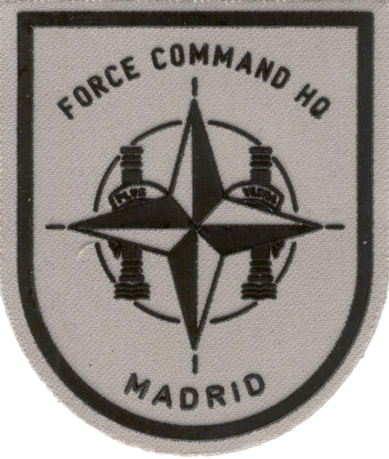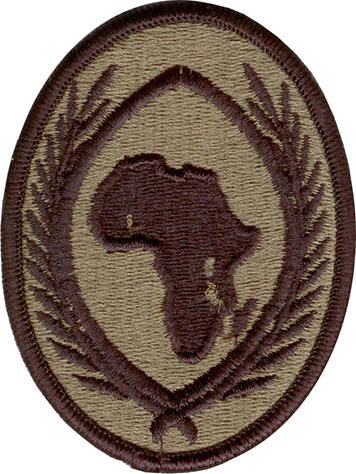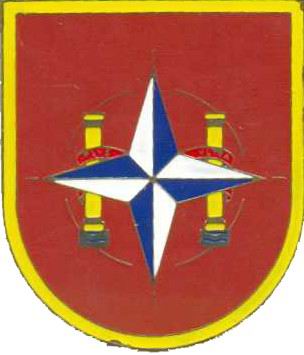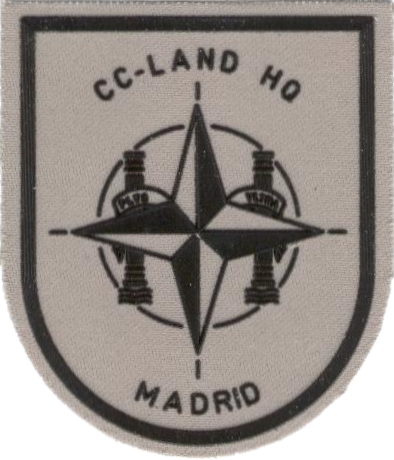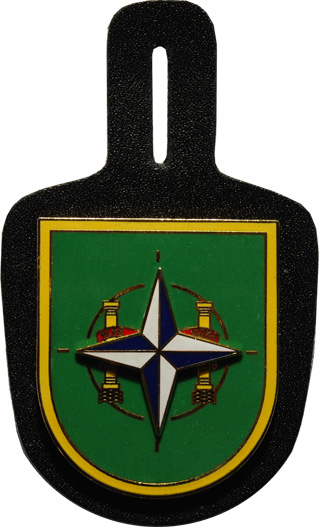| NATO CIS SERVICES AGENCY |
| |
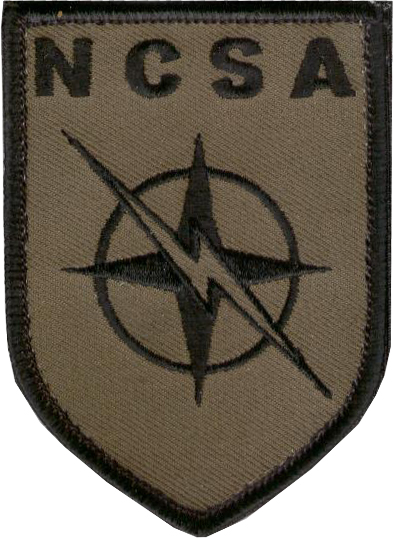 |
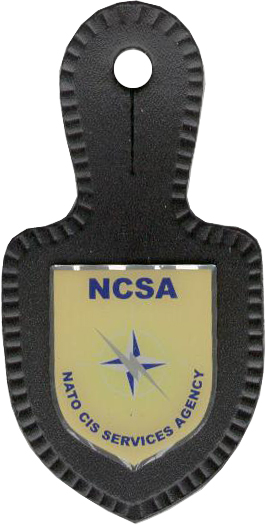 |
Agencia de Servicios CIS de la OTAN
Retamares, Madrid (España)
|
| |
| CUARTEL GENERAL TERRESTRE DE ALTA DISPONIBILIDAD | NATO RAPID DEPLOYABLE CORPS - SPAIN HEADQUATERS |
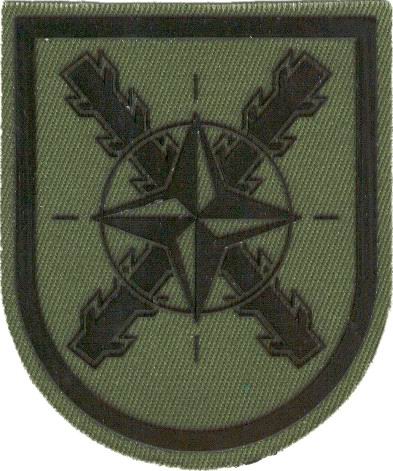 |
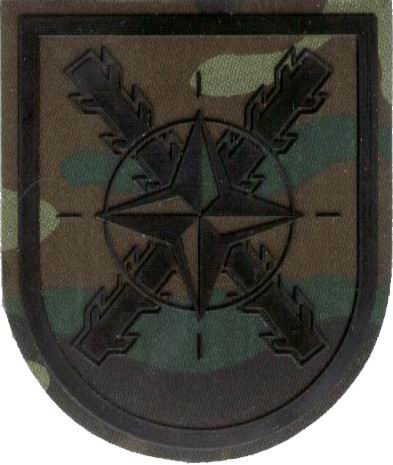 |
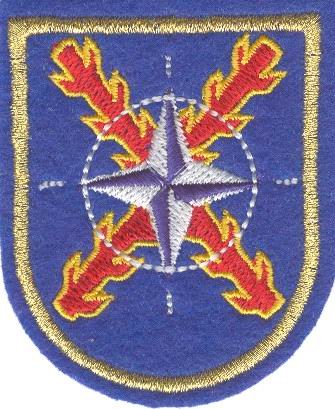 |
 |
| |
| BRIGADA DE ALTA DISPONIBILIDAD PARA LAS FUERZAS EN ESPERA DE NACIONES UNIDAS | MULTINATIONAL STANDBY HIGH READINESS BRIGADE |
 |
SHIRBRIG
|
| |
| EUROFOR |
| |
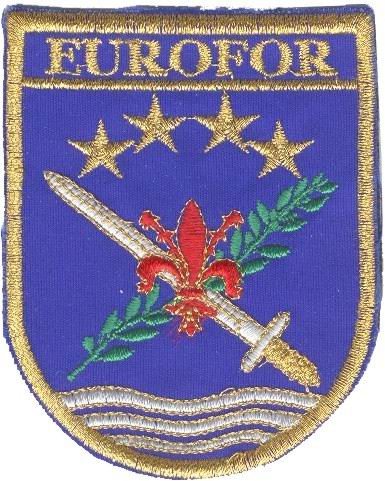 |
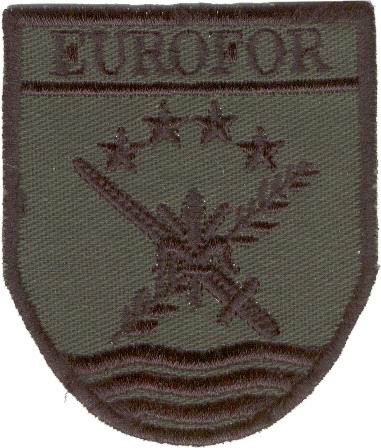 |
EUROFOR
Florencia (Italia)
Iberian shaped coat of arms, on a field of blue, an olive branch with leaves in green crossed upon a silver sword with a golden clasp; in the center, a crimson Florence fleur-de-lis; in the upper field, four golden five-point stars in a sector; in the bottom field, three silver wave-form lines
|
| |
| EUROCUERPO |
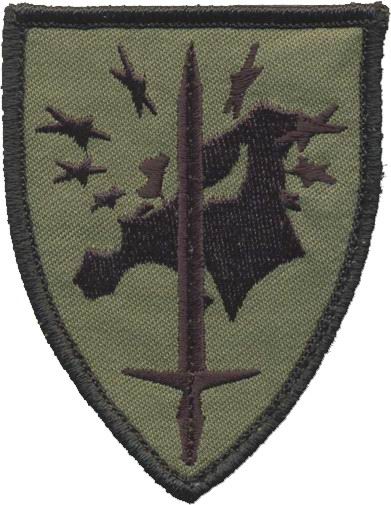 |
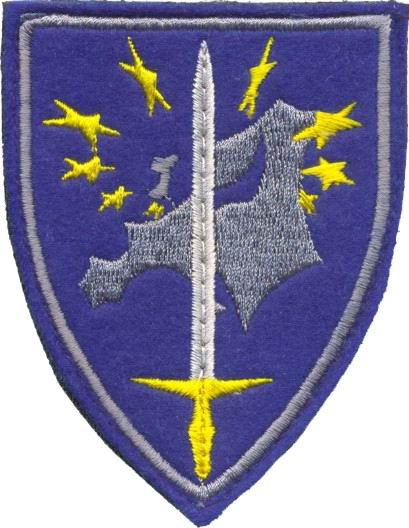 |
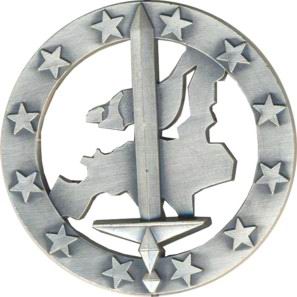 |
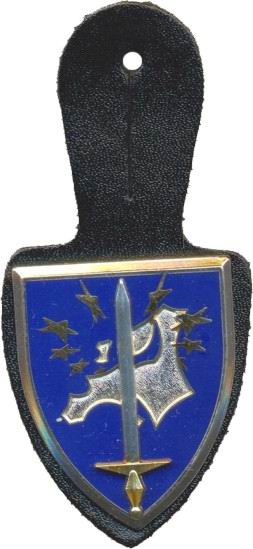 |
EUROCUERPO
Estrasburgo (Francia)
|
| |
| NRF | NATO RESPONSE FORCE |
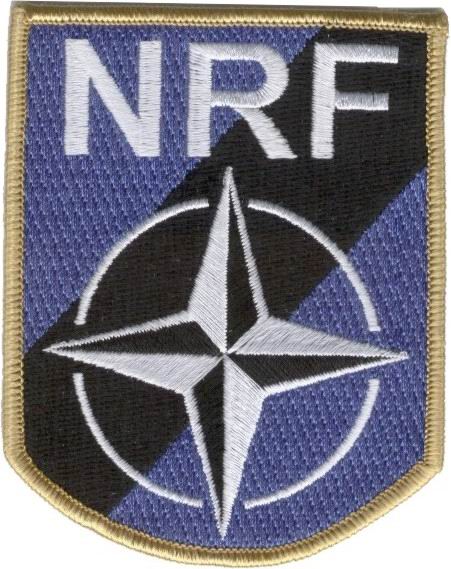    |
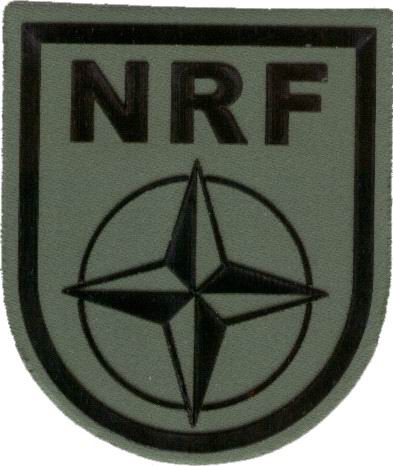 |
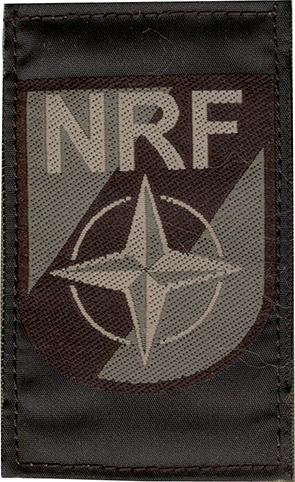 |
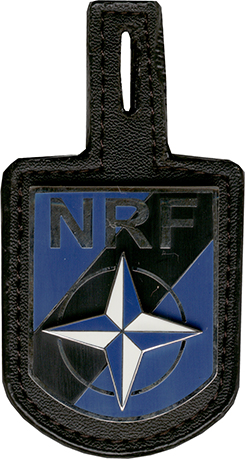 |
| |
| CUARTEL GENERAL DE ALTA DISPONIBILIDAD | NATO RAPID DEPLOYABLE CORPS - GREECE HEADQUATERS |
| |
 |
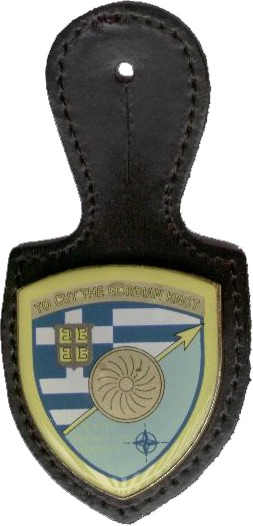 |
The motto "to cut the Gordian knot" is a famous phrase of Alexander the Great. During his campaign against Persian Empire in 334 B.C., in the town of Gordion, there was an extremely complicated knot. The legend was that, whoever could untie the knot would become conquer of the entire known world. Alexander the Great cut the Gordian knot with his sword, facing with his own way the challenge. Respectively, the motto represents the strong will of the HQ to overcome every challenge will ever face.
The Emblem: The Greek flag on the upper half of the emblem indicates the host nation of NDC - GR. The small emblem inside the cross of the Greek flag is part of the emblem of C' Corps, the parent HQ of NDC - GR. The NATO logo specifies that the HQ is under the operational command of SACEUR. The sarissa spear and the shield in the centre of the emblem signify the HQ' s location, since they are part of the heritage of the Macedonian dynasty who founded the city of Thessaloniki in 315 B.C., as Macedonia's capital city
HQ NDC-GR
Tesalónica (Grecia)
|
| |
| PRIMER CUERPO GERMANO-HOLANDÉS | 1st GERMAN-NETHERLANDS CORPS |
| |
 |
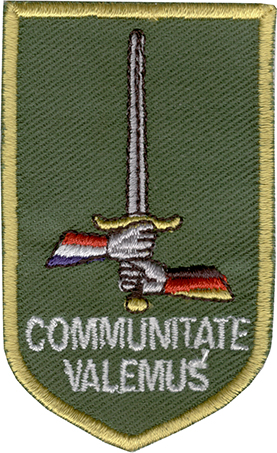 |
| |
| MANDO TERRESTRE ALIADO | ALLIED LAND COMMAND (IZMIR, TURKEY) |
| |
 |
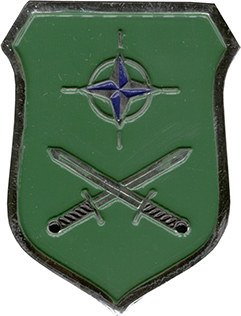 |
LANDCOM insignia is the official symbol of the command. The patch is the shape of a shield, which signifies the protection and safety NATO land forces provide to the Alliance and strategic partners around globe. The green background represents the terrain on which Soldiers fight: Land. At the top of the green field is the NATO star, identifying LANDCOM as a NATO headquarters. Below the NATO star are two bayonets, symbolizing the most common tool in the Soldier's arsenal across all nations and generations of wartime weaponry |
| |
| CENTRO CONJUNTO | JOINT WARFARE CENTRE (STAVANGER, NORWAY) |
| |
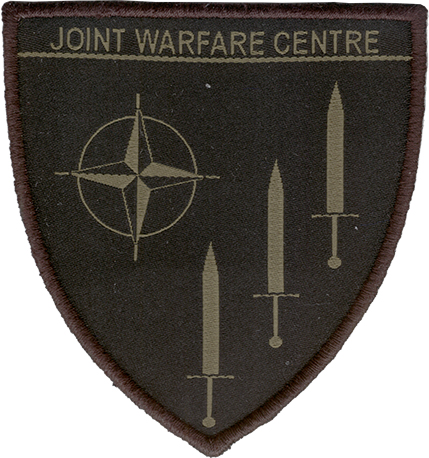 |
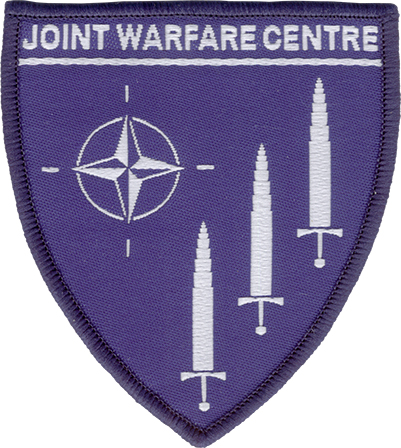 |
The crest consists of three swords distinctively lined up next to each other, together with the four-pointed NATO star on a blue background. The three swords symbolize the Centre's unique mission capabilities (one for Training, one for Concept Development and Experimentation and one for Analysis and Lessons Learned).
Symbolically, the swords point upwards, which represents preparedness, or readiness, and courage in the face of any challenge. The swords also represent the seemingly paradoxical goal of achieving peace and freedom.
All in all, these are the qualities that befit a training centre focused on transforming NATO forces and boosting their capabilities so that they become more expeditionary, interoperable and effective.
Another symbolism for the three swords suggests NATO's joint forces of land, maritime and air.
Finally, the NATO star emphasizes the Joint Warfare Centre's dedicated support to the NATO Alliance.
The crest of the Joint Warfare Centre is also inextricably linked with the history of Norway. The "Swords in Rock" monument in Hafrsfjord is the most recognizable and iconic symbol of the city of Stavanger. It consists if three enormous bronze swords pointing downwards and standing for peace and unification. The monument was erected to commemorate the unification of Norway and was designed by a local artist named Fritz Roed.
|
| |
| FUERZA ANFIBIA HISPANO-ITALIANA | SPANISH-ITALIAN AMPHIBIAN FORCE |
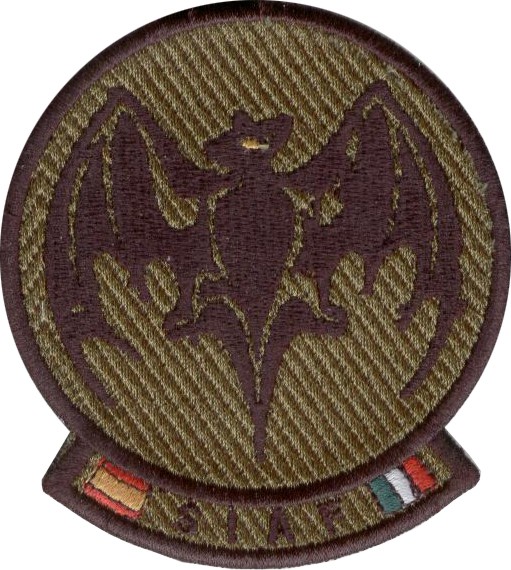 |
|
| |
| CUARTEL GENERAL DEL MANDO DE LA FUERZA CONJUNTA | JOINT FORCE COMMAND NAPLES |
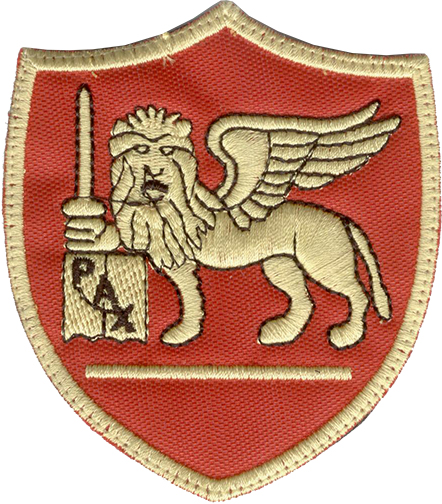 |
|
| |
| RAPID REACTION CORPS |
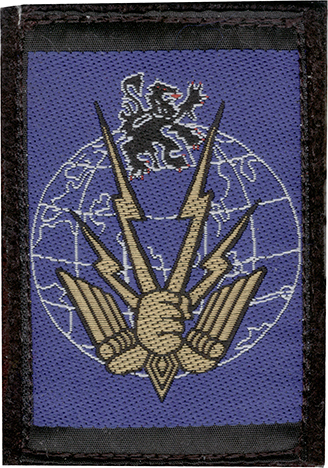 |
 |
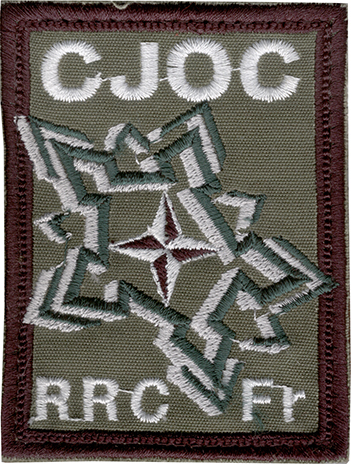 |
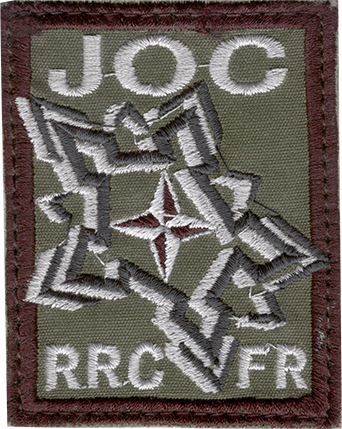 |
|
| |
| NATO FORCE INTEGRATION UNIT. HUNGARY |
| |
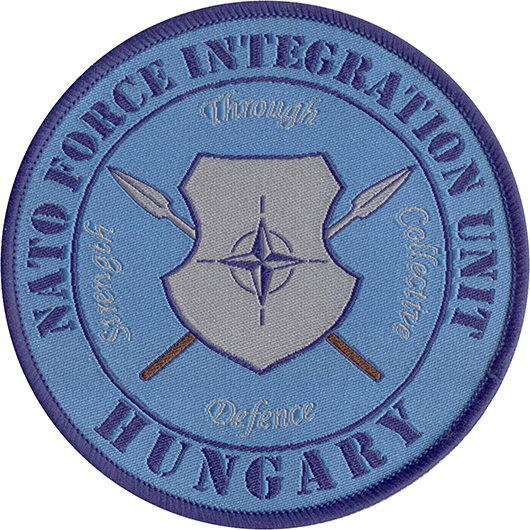 |
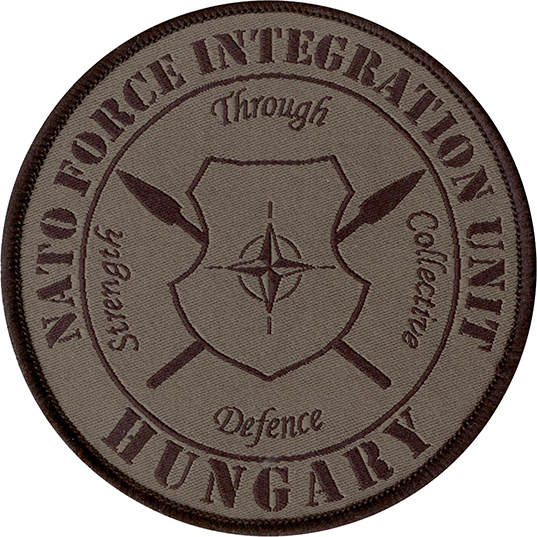 |
|
|

